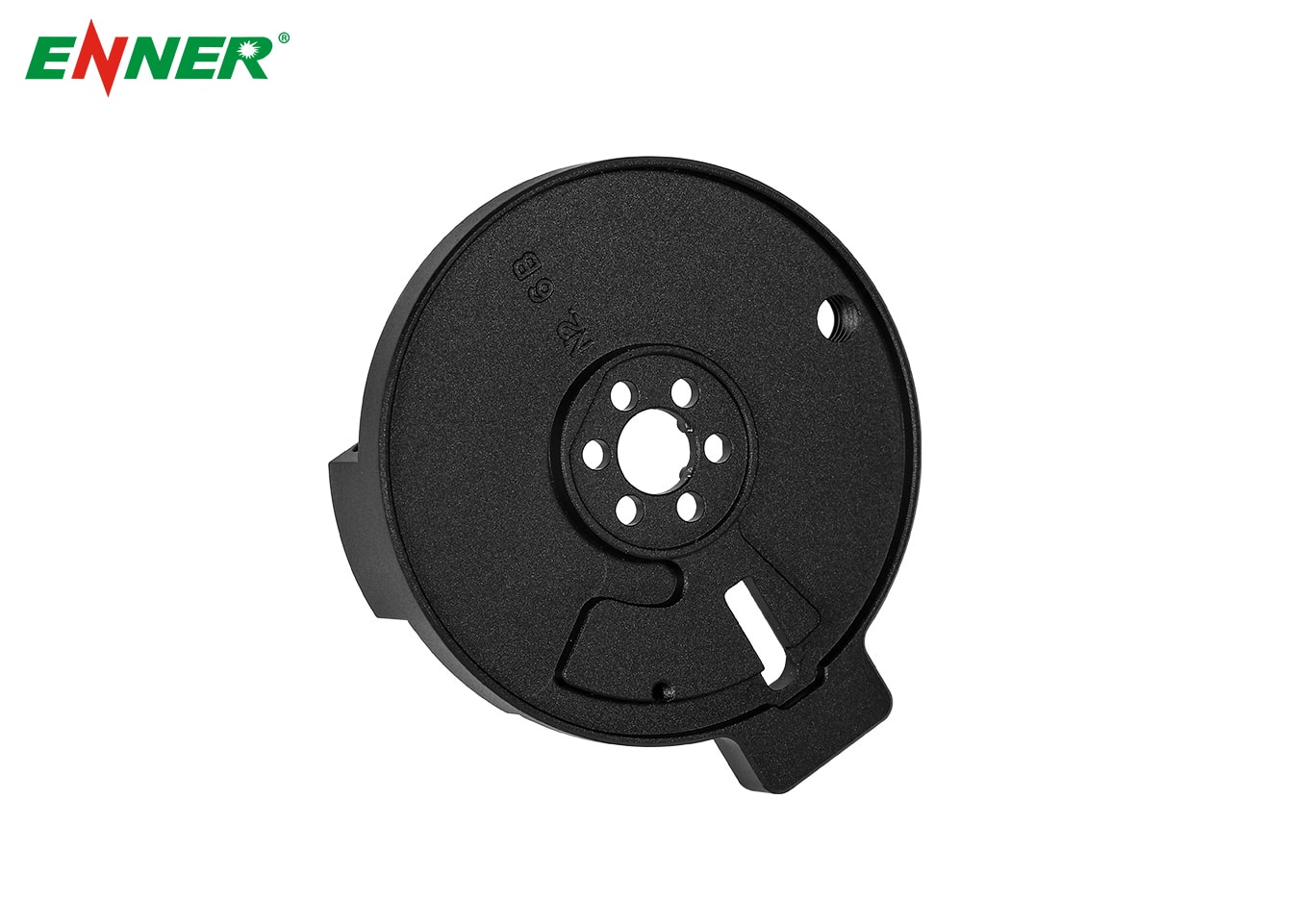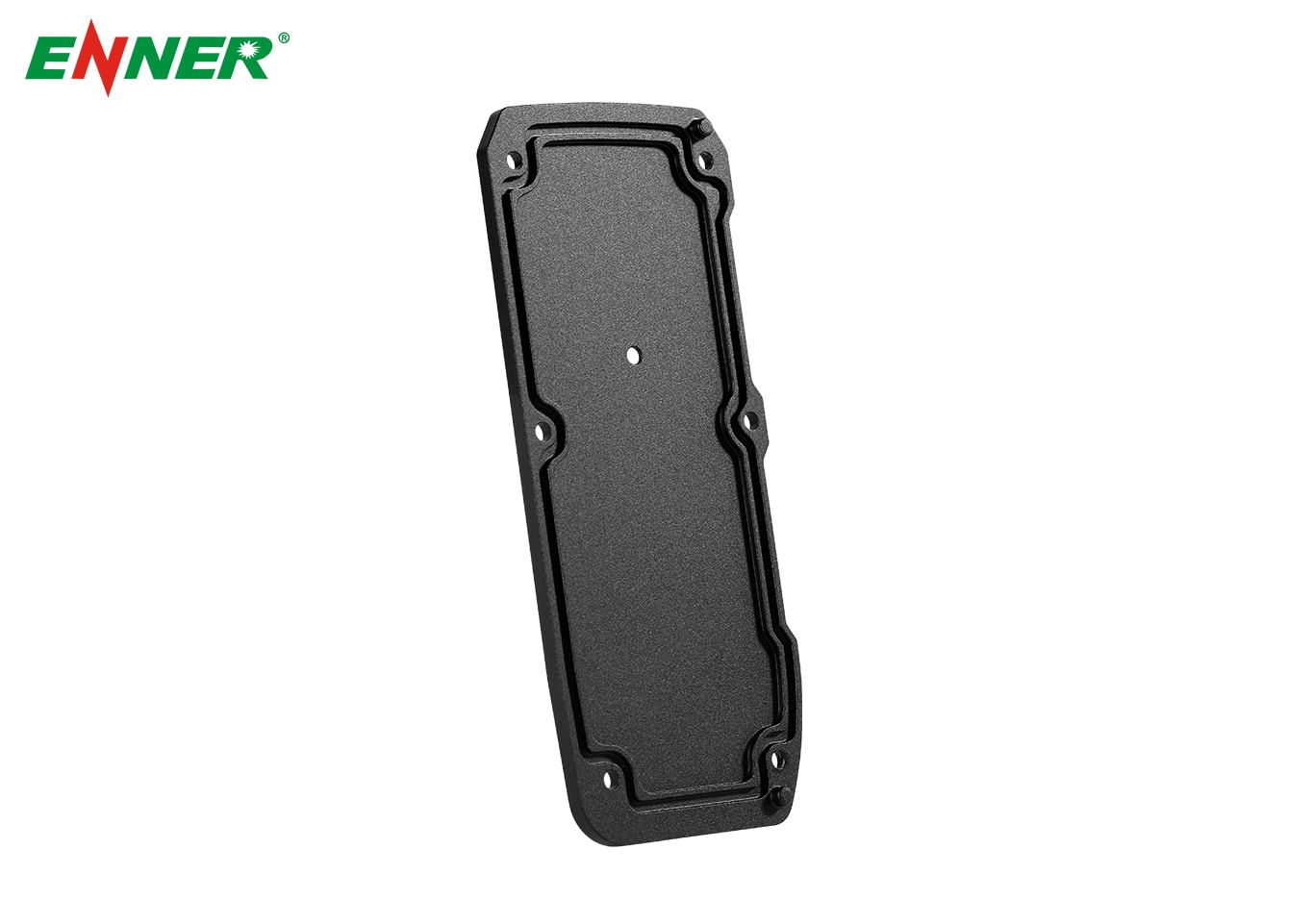In manufacturing, precision and efficiency are paramount. CNC (Computer Numerical Control) machining is a widely used technology that offers high accuracy and versatility for producing complex parts. However, when it comes to specific processes like coining, the question arises: Can you coin parts in a CNC machine? This article explores the possibilities, limitations, and alternatives for coining using CNC machining.
Coining is a metal forming process that involves pressing a workpiece with a die to create detailed surface features, such as patterns, textures, or logos. It is commonly used in the production of coins, medallions, and other small parts where surface detail is critical. The process requires high force to impress the design onto the material without significantly altering its shape or dimensions.

CNC machines are typically used for subtractive manufacturing processes, such as milling, turning, and drilling, where material is removed to shape the part. Coining, on the other hand, is a deformation process where material is displaced rather than removed. While CNC machines excel at precision cutting and shaping, they are not traditionally designed for high-force deformation processes like coining.
However, certain aspects of coining can be performed using CNC machining, particularly if the requirements are adapted to the capabilities of the machine:
CNC machines can be used for surface engraving, which is a similar process to coining but involves removing material rather than deforming it. By using specialized engraving tools, a CNC machine can create intricate patterns, text, or logos on the surface of a part, mimicking the appearance of a coined feature.
Some CNC machines can be equipped with pressing tools to perform shallow stamping operations. While this is not true coining, it can achieve a similar effect by lightly pressing a design onto the surface of the material. However, the depth and detail of the stamping will be limited compared to traditional coining methods.
For parts that require deep or complex surface features, a multi-step machining process can be used. This involves a combination of CNC milling and engraving to gradually create the desired surface pattern. While more time-consuming, this approach can achieve detailed results without the need for a dedicated coining press.
While it is possible to achieve some coining-like effects with CNC machining, there are several limitations to consider:
Force Limitation : CNC machines are not designed to apply the high forces required for true coining. Attempting to use a CNC machine for heavy coining could damage the machine or produce subpar results.
Detail and Depth : The level of detail and depth achievable with CNC engraving or shallow stamping is generally less than what can be achieved with a traditional coining press.
Material Deformation : Coining involves material displacement, which is difficult to achieve with a CNC machine. This process is better suited to machining operations where material is removed rather than deformed.

If your application requires true coining, there are alternative methods better suited to the task:
For high-detail and high-force coining, dedicated coining presses are the ideal solution. These machines are specifically designed to apply the necessary pressure to create deep, detailed impressions on the workpiece.
In some cases, a combination of CNC machining and coining can be used. For example, CNC machining can be used to create the overall shape and features of the part, while a coining press is used to add surface details in a secondary operation.
For cmplex or intricate designs, additive manufacturing (3D printing) can be an effective alternative. This process allows for the creation of detailed parts without the need for high-force deformation, though it may not be suitable for all materials or applications.
While CNC machining offers incredible versatility and precision, it is not ideally suited for coining operations due to its inherent limitations in force application and material deformation. However, with creative adaptations, such as engraving or shallow stamping, CNC machines can achieve some coining-like effects. For applications that require true coining, dedicated coining presses or hybrid processes are recommended to achieve the desired results.
Understanding the strengths and limitations of CNC machining in relation to coining will help you choose the right manufacturing process for your specific needs, ensuring the best possible outcome for your parts.
At Ennerhe , the research and development team consist of graduates from universities in the fields of thermodynamics, mold design and manufacturing, and materials science. With a complete heat dissipation simulation software and rapid samples production, the team can assist customers in designing the best solutions.
By continuing to use the site you agree to our privacy policy Terms and Conditions.